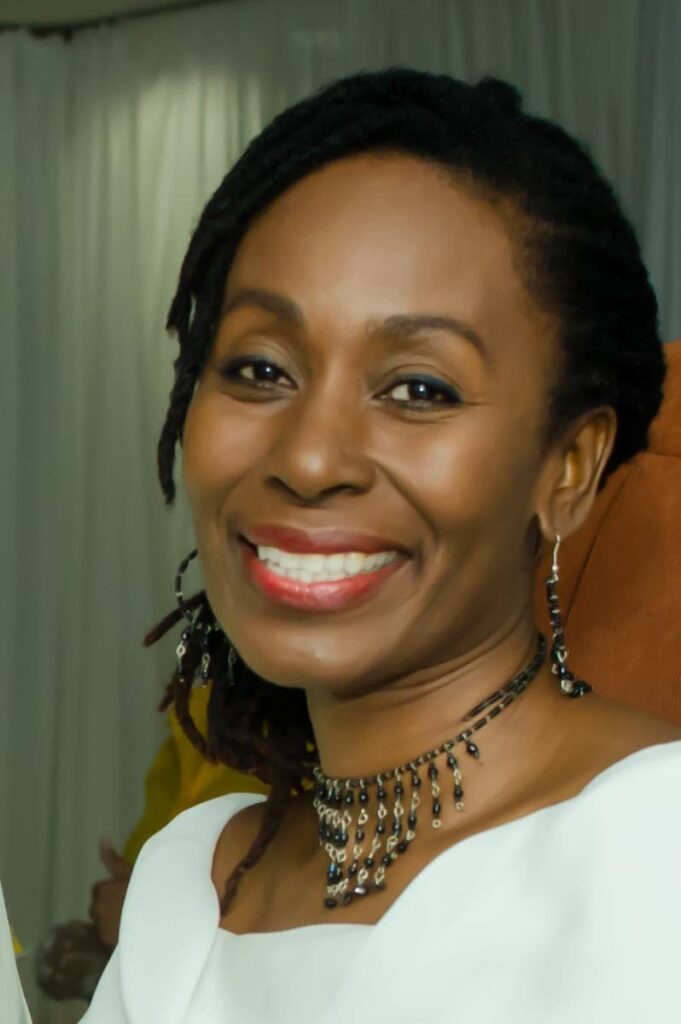Ai Bondjé – why Patois remains relevant

Languages live in songs and stories, riddles and rhymes and so the protection of languages and the transmission of oral traditions and expressions are very closely linked. – UNESCO (United Nations Educational, Scientific and Cultural Organisation).
THIS month was filled with a rich exploration of language. We wished each other Shubh Divali in recognition of the Hindu Festival of Lights.
Members of the indigenous community would no doubt have welcomed participants at the ancestral ceremony in the Red House with the Nepuyo word – Mabrika. We honoured the legacy of calypsonian Explainer who expressed his love of country through the language of calypso.
And yesterday, October 28, was International Creole Day, the culmination of an entire month centred on the history and future of Patois.
In TT, English is the language used in the media, for public speeches and formal engagements. However, we communicate with each other in more culturally rooted ways; from calypso to speechband, pitchikaree to rapso, from Midnight Robber to Pierrot.
In many ways, the English language spoken in our nation is shaped by the words, phrases and cultural heritage of non-English speaking traditions.
In 1783, the Spanish government opened up our country to plantation owners from the French-speaking Caribbean to boost the population and by extension, the economy. The offer to relocate to TT was taken up by settlers from other islands such as Dominica, Grenada and Martinique.
Gradually, French culture dominated, as we see in our expressions (oui papa!), our food, place names and of course, language.
After 1783, indigenous languages such as Kalina, Akono and Warao suffered as indigenous peoples were systematically decimated by enslavement, disease and ruthless policies. Despite this, the number of languages spoken in TT grew.
Africans arrived with traditions such as Yoruba, Ibo and Congo. East Indians spoke languages such as Bengali or Bhojpuri and there were several European languages as well.
The Haitian revolution saw the arrival of Haitians in TT, bringing with them Haitian revolutionary structures and Creole. During the independence revolutions in Venezuela, many fled to TT as well, intensifying the presence of the Spanish language.
The arrival of Chinese, Syrians and Portuguese peoples further deepened our linguistic complexities. It is said that at one stage, some 30 languages were spoken here.
The evolution of Patois was driven by ordinary people. It was grounded in French, with significant input from African languages and indigenous words and functioned as a form of secret communication. As we celebrate Calypso History month, we acknowledge that early calypsoes were sung in Patois.
Calypsonians Sparrow, Attila and others sang entire calypsoes or refrains in Patois. Mighty Sparrow won the 1969 Road March with his famous Sa Sa Ye describing how he, ahem, assisted a beautiful girl from Martinique who wanted to play mas.
A Patois calypso mocked Governor Chacon after surrendering to the British in 1797 – “Governeur boudin paille/I pas bai bataille/Soldats anglas entwez/Pwend toute la la twinite…/Governeur boudin paille; Governor strawbelly/He did not give battle/ English soliders came/Take all Trinidad…Governor strawbelly.” And when the British authorities continued to restrict carnival celebrations the people sang – “Jour nous cay rivay; Our day will come.”
We are slowly beginning to recognise the importance of being able to communicate in a way that is entirely ours. I know for my grandmother’s generation, Patois was spoken with confidence; it was part of their identity.
Sadly, colonial attitudes which regarded Patois as ‘"broken French" or afforded English speakers better jobs, eventually shook that sense of pride and the language risked being lost.
Still, activists who understand the connection between the spoken word and national identity continue to teach and document the language. Writing down this largely oral aspect of our heritage is key to its survival.
As the UN points out, oral traditions as represented by stories and nation languages are “…fragile, as their viability depends on an uninterrupted chain passing traditions from one generation of performers to the next.”
Patois should be taught beyond the few surviving communities which speak it and the activists who strive to keep the language alive. Introducing elements of the language through techniques such as games and songs from as early as pre-school will help normalise its use.
It will gradually release us from the stigma of the past and place us on more solid ground for the future. Ai Bondjé, Patois bon langaj pou apwann; yes, Patois is a good language to learn.
Dara E. Healy is a performance artist and founder of the Indigenous Creative Arts Network – ICAN.


Comments
"Ai Bondjé – why Patois remains relevant"